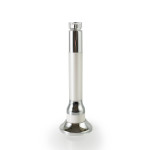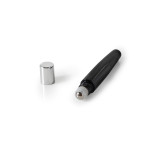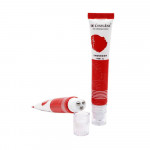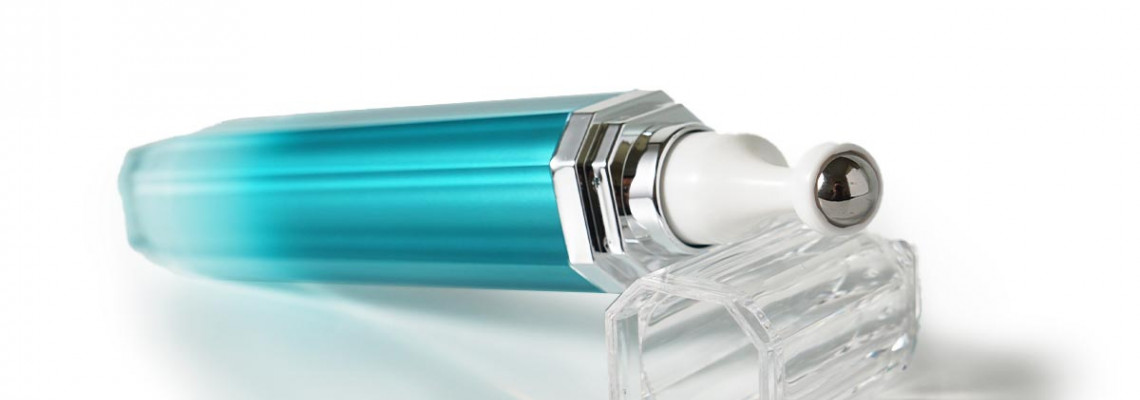
Introduction
As consumer demand for sustainable and environmentally responsible products continues to grow, the cosmetics industry is responding by integrating eco-friendly materials into eye cream applicators. This post explores how such materials are revolutionizing applicator designs, aligning with consumer expectations and enhancing environmental stewardship.
The Sustainability Imperative
The shift towards sustainability in cosmetics is driven by several factors:
- Environmental Impact: Reducing the ecological footprint of packaging and applicators.
- Consumer Demand: Catering to the preferences of eco-conscious consumers.
- Regulatory Compliance: Meeting corporate sustainability goals and adhering to environmental regulations.
Eco-Friendly Material Options
Several materials are leading the charge towards greener applicators:
- Renewable Resources: Materials like bamboo, wood, and biodegradable plant-based plastics offer sustainable alternatives.
- Recycled Materials: Utilizing post-consumer recycled plastics and aluminum helps reduce waste and energy consumption.
- Compostable Solutions: Innovations in compostable and zero-waste materials support the transition to a circular economy.
Benefits of Eco-Friendly Applicator Design
The adoption of eco-friendly materials in applicators brings numerous advantages:
- Environmental Benefits: Significantly reduces waste and the use of non-renewable resources.
- Consumer Alignment: Meets the growing consumer demand for sustainable products.
- Brand Image: Enhances brand reputation by demonstrating commitment to environmental responsibility.
- Operational Efficiencies: Potentially lowers costs through the use of sustainable materials and processes.
Design Considerations for Eco-Friendly Applicators
Incorporating eco-friendly materials requires careful consideration:
- Functionality and Durability: Ensuring that eco-friendly applicators are as functional and durable as their traditional counterparts.
- Compatibility: Materials must be compatible with eye cream formulations to maintain product efficacy and stability.
- Regulatory Compliance: Meeting safety standards and achieving necessary certifications for eco-friendly materials.
Circular Economy and Closed-Loop Systems
The concept of a circular economy is vital for sustainable design:
- Design for Sustainability: Creating applicators that can be reused, refilled, or easily recycled.
- Take-Back Programs: Implementing systems to collect and recycle old applicators.
- Supply Chain Collaboration: Working with suppliers to ensure that materials can be sustainably sourced and managed.
Regulatory Landscape and Certifications
Navigating the regulatory environment is crucial for eco-friendly applicators:
- Local and Regional Regulations: Complying with environmental laws that govern packaging and waste.
- Sustainability Certifications: Obtaining certifications like FSC for wood or Cradle to Cradle for comprehensive sustainability assessment.
- Transparency: Ensuring that claims about the applicator's environmental impact are clear and verifiable.
Case Studies: Successful Eco-Friendly Applicator Designs
Several brands have made significant strides with eco-friendly applicators:
- Innovative Designs: Brands that have successfully integrated sustainable materials into their applicators.
- Brand and Consumer Impact: Demonstrating how these initiatives have improved consumer perception and increased loyalty.
- Commercial Success: Highlighting the scalability and market acceptance of eco-friendly applicators.
Challenges and Considerations
Despite the benefits, there are challenges in adopting eco-friendly materials:
- Material Supply: Ensuring a consistent and high-quality supply of sustainable materials.
- Performance and Experience: Balancing eco-friendliness with maintaining high-quality user experiences.
- Cost Implications: Managing increased costs associated with sustainable materials and processes.
Conclusion
Integrating eco-friendly materials into eye cream applicator design is more than a trend; it is a necessary shift towards sustainable practices in the cosmetics industry. Brands are encouraged to embrace these materials, exploring innovative designs that meet consumer expectations for sustainability and functionality.
As the industry moves forward, the focus on environmental responsibility will continue to influence consumer choices and brand strategies, making sustainability a key factor in building brand loyalty and market presence.
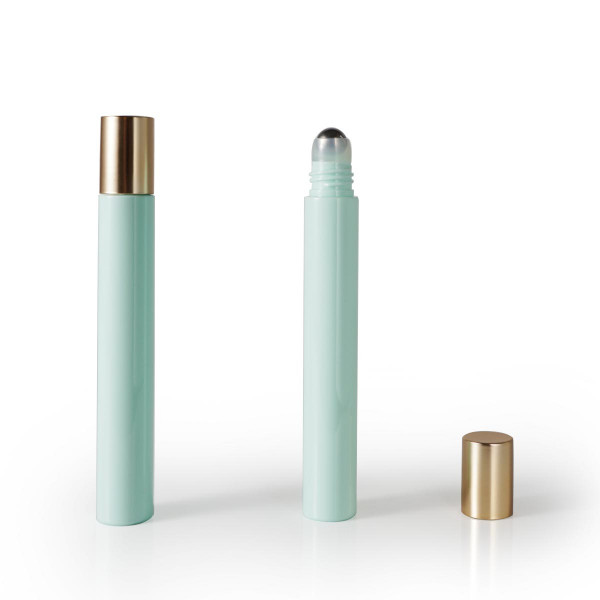 Learn more about our sustainable eye cream applicators and how they enhance both user experience and environmental impact
Learn more about our sustainable eye cream applicators and how they enhance both user experience and environmental impact
By prioritizing eco-friendly materials, brands not only contribute to environmental conservation but also align themselves with the values of modern consumers, paving the way for a greener future in cosmetics.








